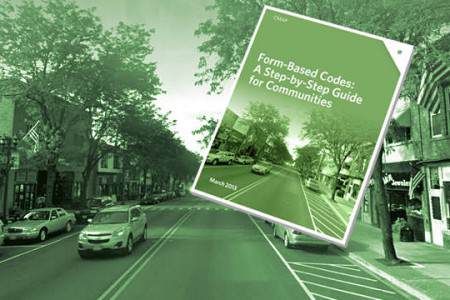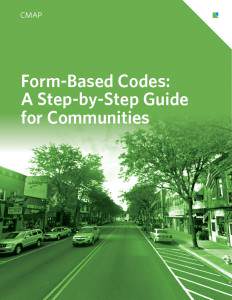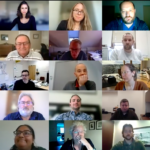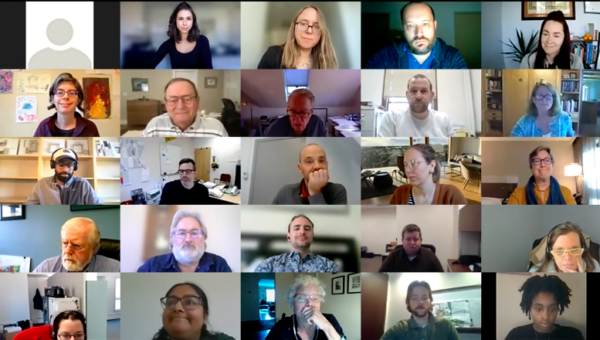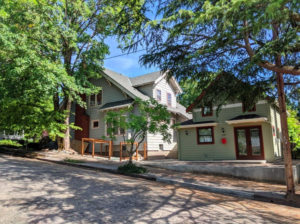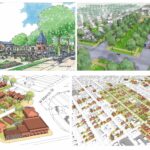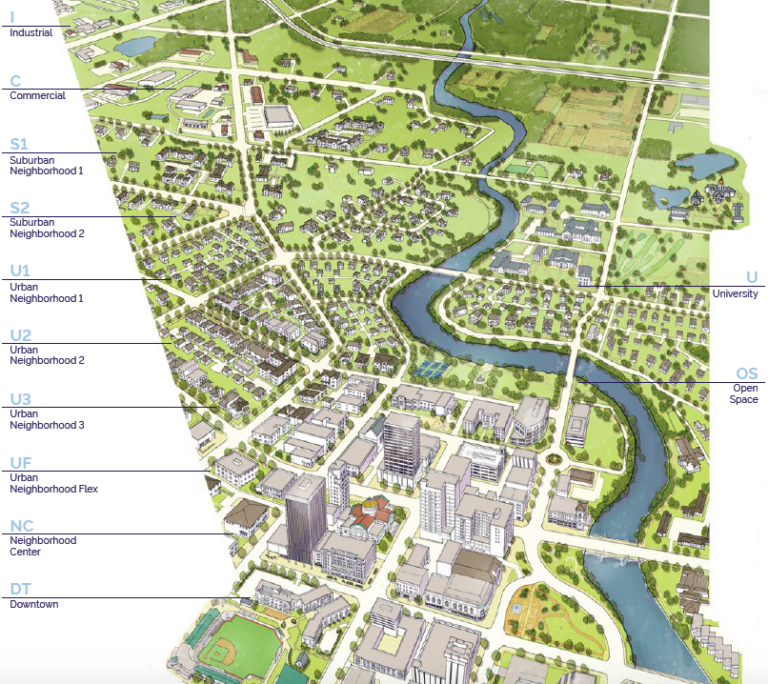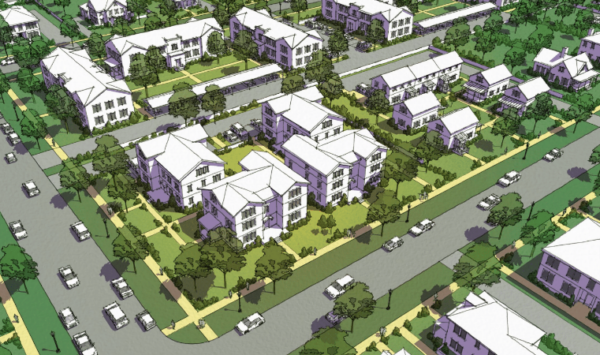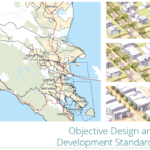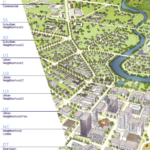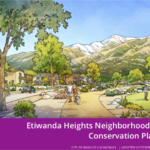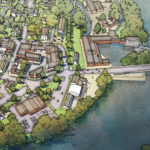for Designers + Builders
A new book by Steve Mouzon, New Media for Designers + Builders, is a must read for entrepreneurs working in any part of community development. Mouzon is author of The Original Green and writes a popular blog of the same name. In this new book he tells his own story, as an architect seeking to build his business in the tough post-crisis economy.
He says plainly, the old way of finding clients won’t work anymore, and that can be a good thing. Because it leads us to fully embrace new ways of building a business with the new “social media.” And step by step he explains how to bring all of its parts or “nodes” together in a powerful strategy.
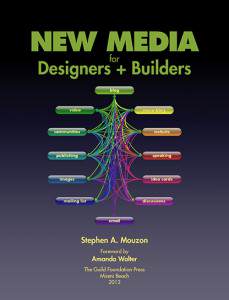
New Media for Designers & Builders
By Steve Mouzon
Mouzon writes for designers, planners, builders, developers, even realtors, who need the new media to work differently than it does for most internet marketers. As he says of us, “We’re not selling widgets online; our business is more bricks and mortar than clicks and orders.” His advice is useful and comprehensive, helping to make sense of the dizzying array of options on-line.
This book’s strength comes from the author telling his own story, his process of learning to use the new media, his choices and why he made them. This keeps it interesting, as a story about himself and others, rather than a bland review of a bunch of technologies. He assembles the ”nodes” together to create a rich web of communication (rather than self-promotion). He is not a technical expert. Still he is able to utilize every facet of the social media in one way or another, relating micro-blogging (i.e., tweeting) to blogging, website and e-mail strategies. And throw in public speaking! Mouzon also covers the ancillary techniques, such as image use and storage, which are so vital to architects and planners.
At the heart of his approach – the underlying reason for using the networks – is value creation that opens opportunities and collaborations. To make the social media work, the practitioner needs to put some real value out there, giving knowledge away even for free. The author acknowledges that building up a web presence with deep connections takes time, but he affirms the effort will render rich rewards to those who provide real value.
And here is where form-based coders can make sense of it all. Our work provides the regulatory underpinnings of New Urbanism, the DNA of well-designed communities. It’s a good idea upon which the whole structure stands, relying on the power of persuasion. And that requires networking and media of every kind, old and new.
Read More →

